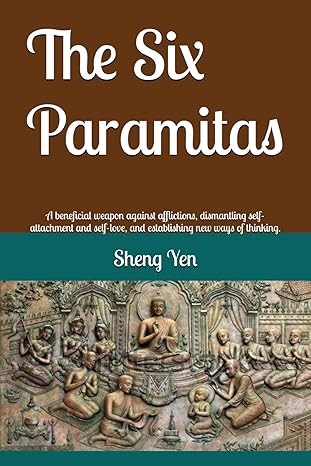The Six Paramitas: A beneficial weapon against afflictions, dismantling self-attachment and self-love, and establishing new ways of thinking.
The Sanskrit term “paramita” means “arriving at the other shore.” Paramita also carries the meanings of “transcendence” or “perfection.” If we are currently on the shore of suffering, reaching the other shore implies leaving behind suffering and achieving enlightenment. Therefore, transcendence means liberation from the root of suffering—afflictions—and liberation from suffering itself. Genuine paramita practice involves freeing oneself from ego-clinging and self-attachment. According to this principle, all Buddhist practices can be viewed as paramita. I Want to Buy It
So, what are the Six Perfections? They are generosity (dana), ethical conduct (sila), patience (ksanti), diligence (virya), meditation (dhyana), and wisdom (prajna). Their purpose is to eliminate ego-clinging and transcend the sea of suffering.
Venerable Master Sheng Yen eloquently explains the meaning of the Six Perfections, the methods of practice, as well as the differences between Mahayana and Hinayana practices in daily life. He also delves into how to break free from attachment to the Six Perfections, self, the view of emptiness, and levels of meditation. The meditation of Mahayana does not cling to life and death, nor does it fear them, embodying a spirit of compassion and returning to the world to aid sentient beings. This article is written in clear and understandable language, providing a simple way to understand the Dharma. I Want to Buy It













